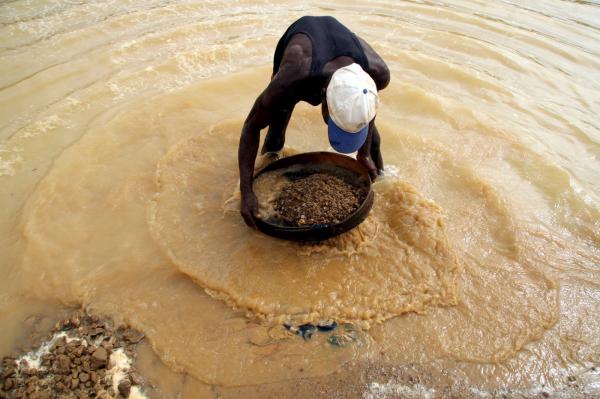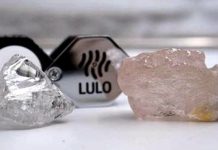
March 25 (UPI) — After a pastor found the second-largest diamond ever in Sierra Leone this month, echoes have been heard of government corruption and the nation’s legacy of conflict or “blood” diamonds, leading to rampant speculation about the precious gem’s sale.
The Rev. Emmanuel Momoh was the leader of the freelance mining team that discovered a 706-carat diamond in Sierra Leone, a country known for producing some of the purest — and most lucrative — diamonds in the world.
But in a country where the diamond trade financed a decade-long civil war that killed 50,000 people, finding the rare gem almost seems like the easy part when considering its sale.
The incredible find has set off wild speculation in the country about nearly every part of the story. Is Momoh the true finder, or is he a middleman? Was he mining legally when he found the diamond, or had his mining license expired? Is the gem itself, which Sierra Leone’s president showed off on television, even real?
And, given the government’s history of corruption, why go by the book to sell the gem when so many of the diamonds unearthed in Sierra Leone wind up on the black market?
The government has estimated the diamond, roughly the size of a fist, to be worth as much as $50 million. Under Sierra Leone law, diamonds worth a certain amount must be turned over to the government for sale, though that practice is frequently ignored.
Diamond miners, particularly freelance miners like Momoh who are not tied to a mining company, have long expressed skepticism about the government’s sales. Proceeds are subject to a tax, the percentage of which is not made public, meaning officials could essentially take as much of the money as they want.
And in the most infamous case, the proceeds from the sale of the largest diamond ever found in the country, a 968.9-carat gem in 1972, disappeared. The incident led many to suspect official corruption to the tune of an estimated $2.5 million, the amount a New York City jeweler is estimated to have paid for the stone, which became known as the Star of Sierra Leone.
In 2003, rumors of a major diamond discovery were rampant, with many people excited the tax revenue would be able to fund needed infrastructure projects. Then the government said the stone was not a diamond, but corundum, another far less valuable mineral. The government’s declaration led many skeptics to conclude officials had simply lied and sold the diamond for themselves.
Sierra Leone President Ernest Bai Koroma sought to allay those fears, promising on television to oversee an orderly sale that ensures all parties — the government, Momoh and his crew — “can have their share.”
Koroma thanked Momoh for turning the diamond over to the government, which is starved for revenue after the nation was ravaged by the recent Ebola epidemic.
Koroma also said a public auction is the only way to ensure the full value of the gem is paid, noting black market sales often undervalue the price.





